Every town across America has its own special foods that locals cherish but outsiders rarely discover. These culinary treasures often tell stories about the region’s history, immigrant influences, and unique tastes. From breakfast meats to late-night comfort foods, these 14 hometown favorites continue to fly under the national radar while maintaining passionate local followings.
1. Goetta – Cincinnati’s Breakfast Secret
Sliced thin and fried until crispy, goetta sizzles in Cincinnati skillets as a beloved breakfast tradition. This German-American creation combines ground pork, beef, steel-cut oats, onions, and spices into a savory loaf that’s then sliced and pan-fried to crispy perfection.
Cincinnati families have passed down goetta recipes for generations, with each household claiming their special blend of spices makes the best version. Local butcher shops and grocery stores proudly display it alongside more mainstream breakfast meats. While chains like Glier’s now produce it commercially, many locals still make batches from scratch using grandma’s recipe.
Despite its devoted following along the Ohio River, this hearty breakfast meat remains virtually unknown just a few hours’ drive from its home territory.
2. Lefse – The Norwegian Flatbread of the Midwest
Grandmothers throughout Minnesota and North Dakota gather around kitchen counters during holidays, rolling out potato dough into paper-thin rounds on special cloth-covered boards. Lefse, a Norwegian potato flatbread, requires both skill and special equipment – grooved rolling pins, long wooden turning sticks, and dedicated griddles.
The delicate rounds cook quickly on a hot, dry surface until speckled with brown spots. Tradition dictates spreading them with butter, sprinkling with sugar, and rolling them into cylinders before eating.
Scandinavian church basements across the Upper Midwest sell these treats at Christmas bazaars, while families debate whether cinnamon or just plain sugar makes the best topping. Despite being a staple in homes with Norwegian heritage, lefse remains virtually unknown in most American households.
3. Lamb Fries – Oklahoma’s Brave Bite
Behind the unassuming name lies Oklahoma’s most daring delicacy – deep-fried lamb testicles. Served golden and crispy with dipping sauces ranging from cocktail sauce to spicy mustard, these morsels have become a rite of passage for adventurous eaters visiting Cattlemen’s Steakhouse in Oklahoma City.
Ranchers originally embraced this dish as a practical way to use every part of the animal during spring castration season. The preparation process involves skinning, slicing, breading, and frying until golden – creating a taste that fans describe as mild and tender.
While some visitors order them on a dare, many locals genuinely enjoy them as an appetizer before their main steak. Despite Oklahoma’s proud ranching tradition, this particular delicacy rarely appears on menus outside state lines.
4. Chislic – South Dakota’s Skewered Specialty
Small cubes of meat, skewered on toothpicks and deep-fried to perfection, arrive at your table in South Dakota bars alongside a sleeve of saltine crackers. Chislic, as locals call it, traditionally features lamb, though beef and venison variations have gained popularity in recent years.
The dish traces its roots to Russian-German immigrants who settled in the southeastern part of the state. A proper serving comes simply seasoned with garlic salt, though some establishments offer various dipping sauces as modern additions.
Freeman, South Dakota, proudly calls itself the “Chislic Capital of America” and even hosts an annual festival celebrating this unique food. Despite its passionate following within state borders, mention chislic anywhere else and you’ll likely be met with blank stares – keeping it one of America’s most regionally specific bar snacks.
5. Garbage Plate – Rochester’s Magnificent Mess
College students and late-night revelers in Rochester, New York, flock to local diners for a legendary heap of comfort food known as the Garbage Plate. This glorious culinary chaos begins with a foundation of home fries and macaroni salad, topped with your choice of meat – typically hot dogs, hamburger patties, or sausage.
The entire mountain gets smothered in a spicy meat sauce, then finished with mustard, onions, and ketchup. Nick Tahou Hots claims to have invented this hangover-curing masterpiece in the 1980s, though numerous local establishments now offer their own versions.
A proper Garbage Plate requires both a hearty appetite and strategic eating approach – locals know to start from one corner and methodically work their way across. Despite its cult following in western New York, this magnificent mess remains virtually unknown beyond the region.
6. Loose Meat Sandwich – Iowa’s Humble Handhold
Unlike its saucy cousin the sloppy joe, Iowa’s loose meat sandwich embraces simplicity – seasoned ground beef, steamed to perfection, served on a soft bun with optional toppings of mustard, pickles, and diced onions.
The meat isn’t formed into a patty but instead loosely piled on the bun, creating a sandwich that requires both hands and perhaps a few napkins. Made famous by the Maid-Rite chain that began in Muscatine in 1926, this unpretentious sandwich became a staple across small-town diners throughout the state. Locals debate whether adding cheese makes it authentic, but most agree that the meat should be seasoned simply with salt and pepper.
The sandwich gained brief national attention when featured on the sitcom “Roseanne,” but has largely remained an Iowa treasure. Visitors often wonder what the fuss is about until they taste the perfect balance of flavors in this humble creation.
7. Hot Brown – Louisville’s Decadent Open-Face Indulgence
Created at Louisville’s historic Brown Hotel in 1926, the Hot Brown emerged as an elegant alternative for late-night dancers who needed something more substantial than traditional sandwiches. This open-faced masterpiece starts with thick-sliced toasted bread topped with roasted turkey and sliced tomatoes.
The magic happens when the entire creation gets blanketed in a rich Mornay sauce – essentially a béchamel with Parmesan cheese. After a quick trip under the broiler to achieve golden perfection, crispy bacon strips crown this indulgent dish. While variations exist across Kentucky, purists insist the original Brown Hotel version reigns supreme.
Despite being served at the hotel for nearly a century and inspiring passionate devotion throughout the Bluegrass State, the Hot Brown remains surprisingly unknown to most Americans who haven’t visited Louisville.
8. St. Paul Sandwich – St. Louis’s Chinese-American Fusion
Found only in Chinese takeout restaurants around St. Louis, the St. Paul Sandwich represents one of America’s most curious culinary fusions. A fluffy egg foo young patty – filled with bean sprouts, onions, and your choice of meat – gets nestled between two slices of white bread with mayonnaise, crisp iceberg lettuce, pickles, and tomato.
Legend claims a Chinese chef created it in the 1940s, naming it after his hometown of St. Paul, Minnesota (though no evidence of the sandwich exists there). The contrast between the savory, slightly crispy egg patty and the cool, fresh toppings creates an unexpectedly satisfying combination.
Priced typically under $5, it represents one of America’s great food bargains. Despite being available at almost every Chinese restaurant in St. Louis, this sandwich remains virtually unknown even in neighboring Missouri cities – a true local secret.
9. Bar-Style Pizza – Rhode Island’s Crispy Square Slices
Walk into any neighborhood bar in Rhode Island and you’ll likely spot trays of distinctively thin, crispy pizza cut into small squares rather than triangular slices. This uniquely Rhode Island creation features a cracker-thin crust that extends right to the edge with no raised border, topped with a slightly sweet tomato sauce and a blend of cheeses that often includes aged cheddar alongside mozzarella.
The square cutting style (sometimes called “party cut”) allows for easy sharing across the bar, while the ultra-thin crust maintains its crispness despite sitting out during long drinking sessions.
Locals have strong opinions about which bar serves the best version, with establishments like Caserta’s and Twin Oaks developing cult followings. Despite Rhode Island’s tiny size, this distinctive pizza style has remained largely contained within state lines, overshadowed by its more famous New Haven and New York neighbors.
10. Fried Brain Sandwich – Evansville’s Disappearing Delicacy
Once common throughout the Midwest, the fried brain sandwich has retreated to a few dedicated establishments in and around Evansville, Indiana. This unusual creation features thinly sliced beef brain (though pork was traditional before BSE concerns), soaked in milk, dredged in seasoned flour, and fried until golden and crispy.
Served on a standard hamburger bun with pickles, onions, and mustard, the texture surprises newcomers – crispy outside giving way to a creamy, almost custard-like interior. The Hilltop Inn in Evansville remains one of the last bastions serving this regional oddity, attracting curious food tourists and nostalgic locals.
German immigrants originally brought this thrifty tradition to the region, utilizing every part of slaughtered animals. As eating habits changed throughout the 20th century, this once-common sandwich became an endangered culinary species, now preserved by just a handful of restaurants.
11. Chicken Riggies – Utica’s Spicy Pasta Pride
Central New York’s passionate food scene centers around dishes unknown to most Americans, with Chicken Riggies standing as Utica’s crowning achievement. This Italian-American creation combines rigatoni pasta with chunks of chicken, sweet and hot cherry peppers, and onions in a spicy cream tomato sauce that turns a vibrant pink color.
Local chefs compete in annual “Riggie Fest” competitions, each claiming their specific ratio of ingredients makes the definitive version. Some add mushrooms or olives, while others insist on keeping it simple with just the core ingredients. The dish emerged from Italian immigrant communities in the mid-20th century and remains a required menu item at Utica restaurants.
Despite fierce local pride and occasional attempts to introduce it to wider audiences, Chicken Riggies has remained primarily a Central New York specialty – rarely seen on menus outside a 50-mile radius of Utica.
12. Runza – Nebraska’s Stuffed Bread Pocket
Football fans at University of Nebraska games brave freezing temperatures while clutching warm Runzas – yeast dough pockets stuffed with a savory mixture of ground beef, cabbage, and onions. These hearty handholds arrived with German-Russian immigrants who settled on the Great Plains, bringing their traditional bierock recipes with them.
The regional fast-food chain Runza has standardized this once-homemade specialty, though many Nebraska families still make them from scratch. Modern variations include adding cheese, mushrooms, or jalapeños to the traditional filling, though purists prefer the classic version.
The dense, slightly sweet bread encases the steaming filling, creating a portable meal perfect for cold Nebraska days. Despite expanding to a few locations in neighboring states, Runzas remain virtually unknown beyond the Midwest – with many first-time visitors to Nebraska discovering them with delight.
13. Slopper – Pueblo’s Smothered Burger Challenge
In Pueblo, Colorado, asking for a regular cheeseburger might earn you confused looks – locals prefer their burgers completely submerged in spicy green chili. The Slopper, as this messy creation is affectionately known, begins as a standard open-faced cheeseburger before disappearing under a lake of pork-studded green chili made from local Pueblo peppers.
Eaten with a spoon rather than hands, this dish embodies the region’s unique blend of Mexican and American influences. The Gray’s Coors Tavern claims to have invented it in the 1950s when a customer asked for their burger to be “slopped” with chili.
Local restaurants compete for Slopper supremacy, with variations including different cheese blends and some adding onions or french fries to the mix. Despite inspiring fierce loyalty in southern Colorado, this distinctive dish remains virtually unknown beyond the region.
14. Taylor Ham/Pork Roll – New Jersey’s Breakfast Battle
New Jerseyans engage in passionate debates about what to call their beloved breakfast meat – Taylor Ham in the north, Pork Roll in the south – but agree on its delicious necessity in morning sandwiches. This smoky, tangy processed pork product gets sliced, scored at the edges (to prevent curling), and fried until slightly crisp.
The quintessential preparation combines it with egg and cheese on a bagel, roll, or English muffin. John Taylor created it in 1856, but lost his trademark on the name “Taylor Ham,” creating the regional naming divide that persists today.
Diners throughout the Garden State serve this specialty 24 hours a day, while transplanted New Jerseyans often arrange for shipments to satisfy cravings. Despite inspiring cult-like devotion within state borders, this breakfast meat remains mysteriously absent from menus just across state lines in New York or Pennsylvania.
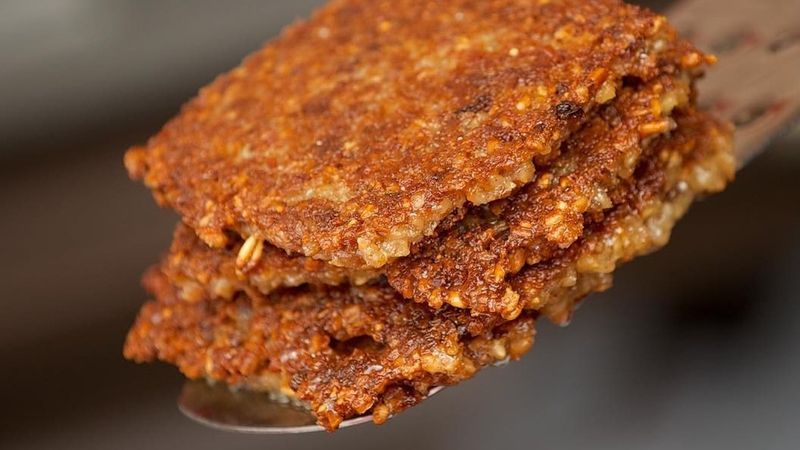

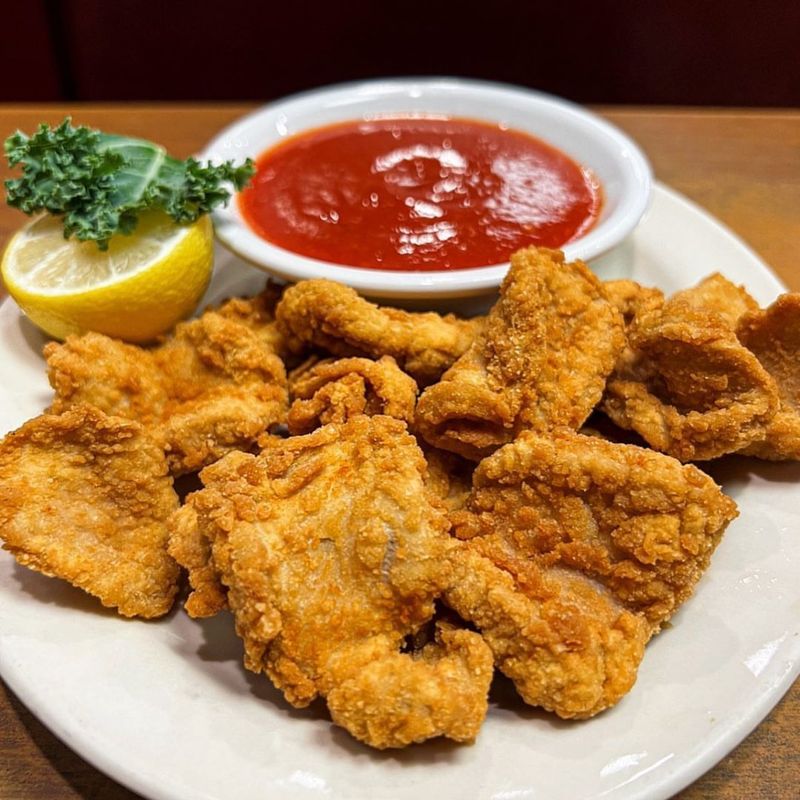
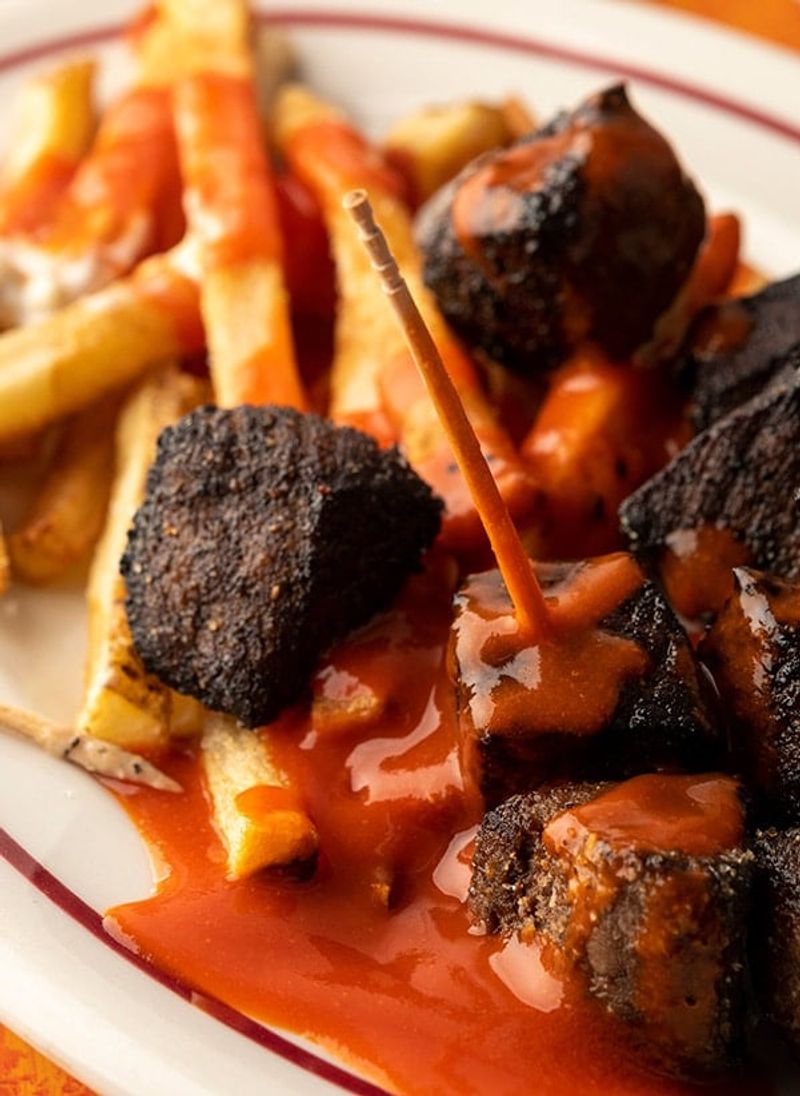
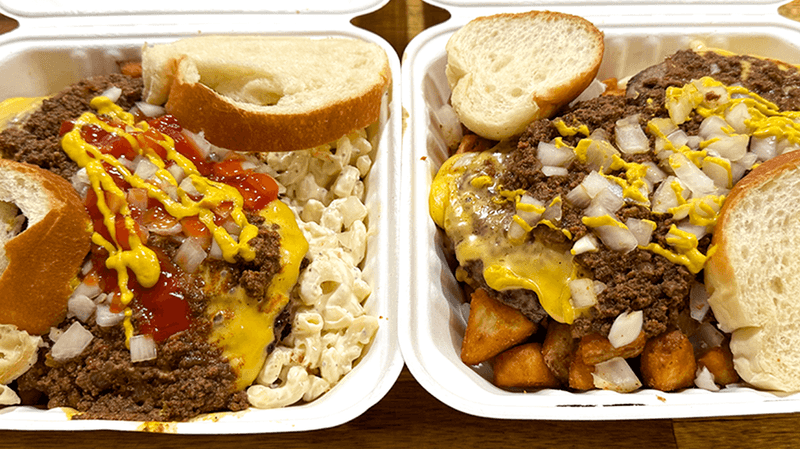
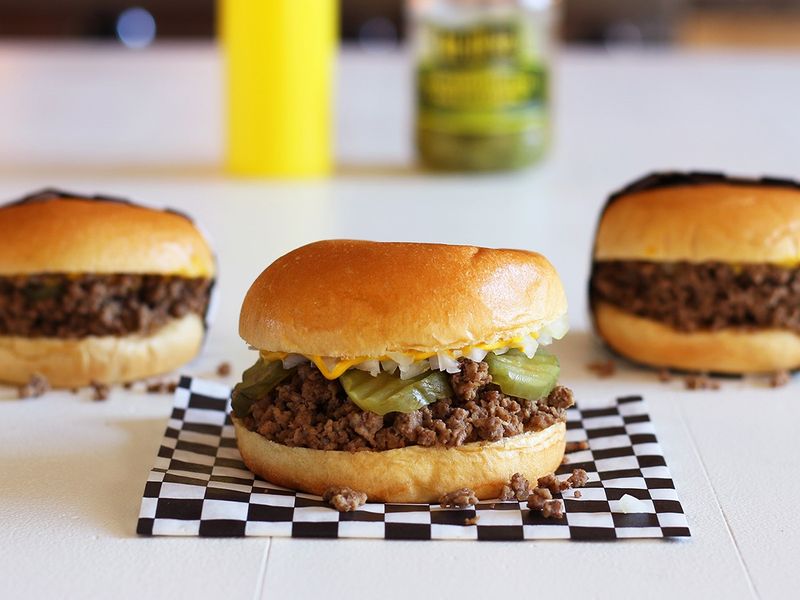
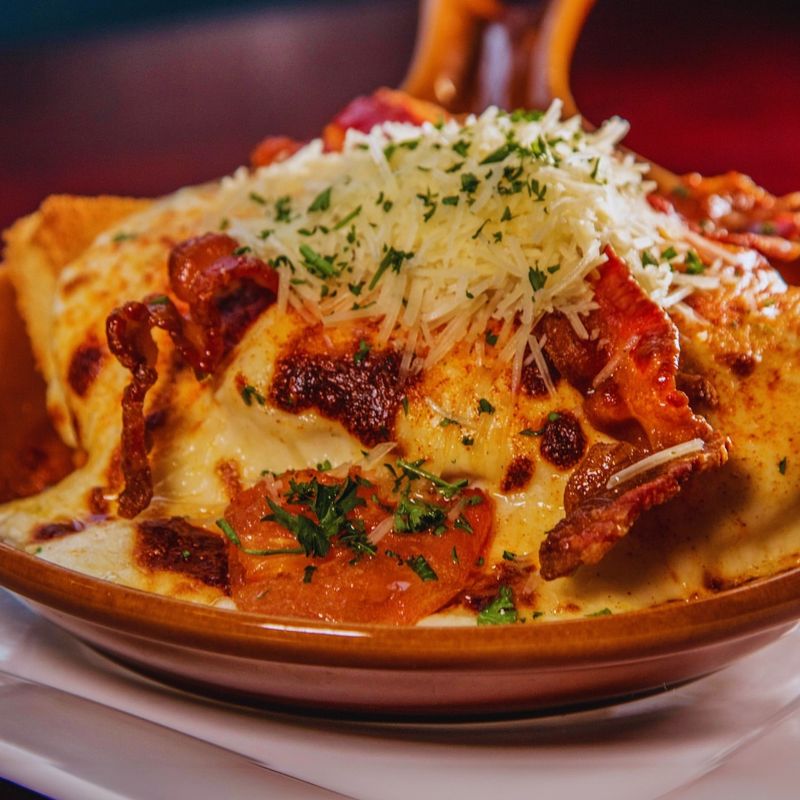
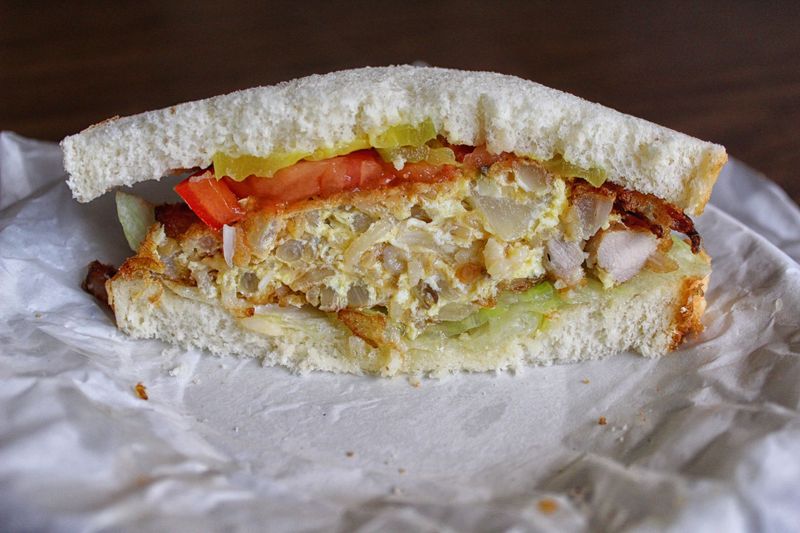


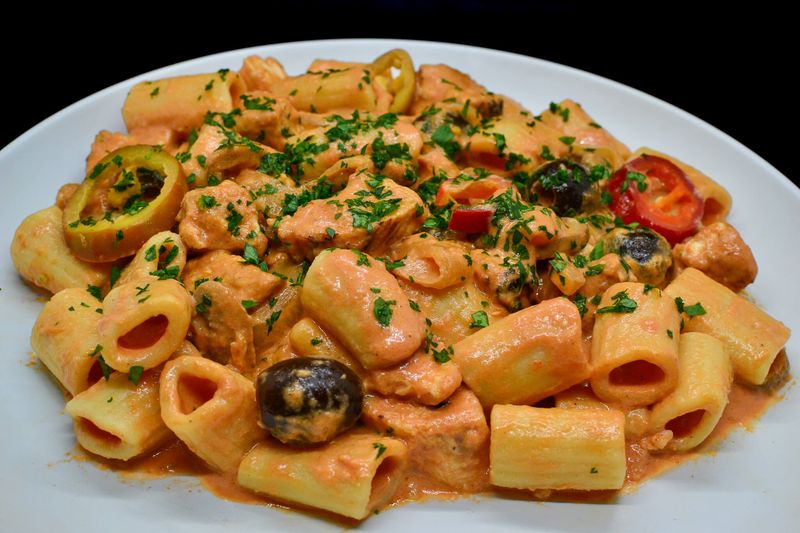

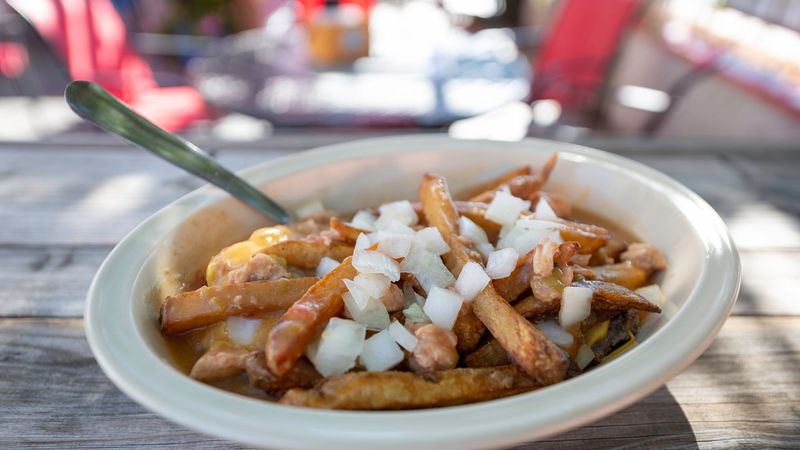

Leave a comment